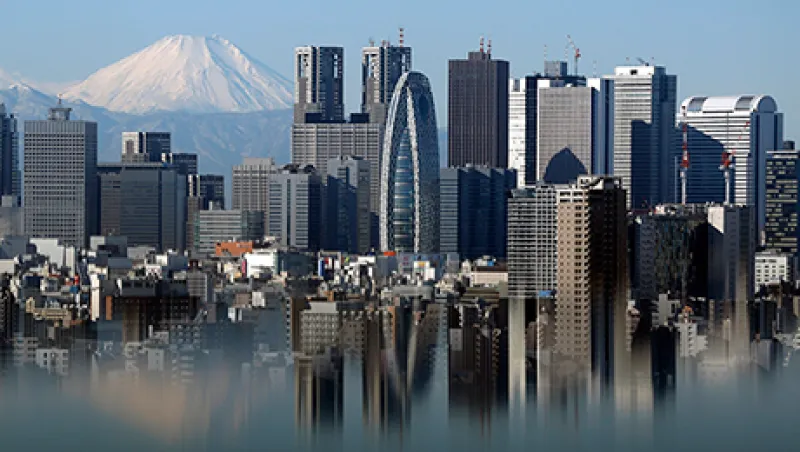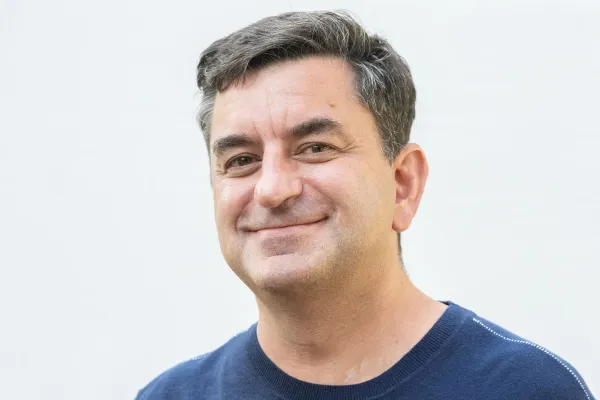The Federal Reserve’s monetary easing has been good for emerging Asia. The central bank’s aggressive stimulus policies have sparked a dramatic search for yield by investors, driving as much as $9 billion in assets per quarter to emerging Asia since 2009, according to the East Asian Bureau of Economic Research, a forum among official and independent research organizations in the region. But with the Fed poised to end quantitative easing and pondering rate hikes in 2015, Asian markets will have to get by on their own.
The mostly developing region’s biggest driver, China, should grow just 7.5 percent this year, the International Monetary Fund says, below the 9.3 percent of only three years earlier, as Beijing pushes consumption to replace government-fueled investment. Against these pressures — but also with a list of new bright spots, from Japan to renewable energy — fund managers are relying on their own formulas, including picking undervalued Chinese stocks and chasing Islamic assets, to impress investors who understand Asia better now than ever.
“We still prefer to stick to what we know best,” says Chou Chong, investment director at Aberdeen Asset Management Asia. Aberdeen is a bottom-up stock picker that looks for companies with a regional or global presence. The firm is currently overweight in Hong Kong, India and Singapore, and tilts toward financial stocks. Banks make up 20 percent of its holdings, property is 12 percent, and insurance counts for 6 percent.
With $85.25 billion of assets derived in Asia or invested there, Aberdeen ranks in 14th place among international asset managers in the region, according to the 2014 Asia 100, Institutional Investor’s annual ranking of the region’s leading fund managers.
“The Asian market is getting more sophisticated,” says Christopher Peck, a partner in Singapore–based Maiora Asset Management. “I think having a niche product is useful now as far as investors have more clarity, whereas in the past the multistrategy guys said, ‘Give me money, and I’ll decide what to do with it,’” he adds. Maiora Asset has four funds, including one that makes only private investments in Japan’s multibillion-dollar solar industry. “People do a ton of homework now before making an investment,” Peck explains.
China still brings business to asset managers that know how to pick stocks, from the Hong Kong exchange’s H-share market to the qualified foreign institutional investor program, which allows access to the otherwise blocked A-share market in mainland China. China had handed out 229 QFII licenses as of July 2013, but they still represent just a bit more than 1 percent of all free-float A-share capitalization.
Value Partners, a Hong Kong firm with most of its $10.1 billion in assets under management in Chinese equities, chooses shares based on the belief that Beijing’s economic reforms, such as urbanization and growth in consumption, will eventually support prices. “We agree there’s a slowdown in China growth,” says fund manager Philip Li, but he attributes that to the transition from an export-driven economy to one more reliant on consumption, which he regards as positive in the long run.
The asset manager opened a New China Policy Fund in March and plans an equity fund this year based on its second QFII quota award, worth $100 million. The New York Stock Exchange–traded Asia Pacific Fund also gave Value Partners a $100 million Chinese equities mandate in late 2013.
AMP Capital of Australia believes China’s insurers will stoke markets as they take advantage of a 2012 rule allowing them to invest up to 15 percent of their assets overseas, the first time they’ve been allowed to venture abroad. In January, AMP entered a joint venture with China Life Asset Management Co., a subsidiary of China’s largest life insurance firm, giving it access to the mainland market. AMP has a 15 percent stake in the venture, which manages 25 billion yuan ($4.1 billion) in a Chinese money market fund, an equity exchange-traded fund and a bond fund.
“China will likely be in the MSCI and FTSE emerging market indices, so institutions around the world need to figure out what to do,” forecasts Anthony Fasso, head of AMP’s global clients division.
AMP also is seeing strong investor interest in infrastructure — such as power plants, hospitals and airports — and real estate from investors seeking alternatives that can protect them from market volatility and provide an inflation hedge, says Fasso. At home in Australia, the firm is focusing on life-cycle funds, or balanced mutual funds that adjust their asset mix over a client’s lifetime, to comply with new rules aimed at simplifying superannuation schemes. Forty percent of Australians are managing their own retirement money, Fasso says, and they are also showing an appetite for international infrastructure and domestic real estate.
In Japan, the region’s laggard for two decades, the economic reflation policies of Prime Minister Shinzo Abe, better known as Abenomics, continue to be the main driver. The country’s $1.3 trillion Government Pension Insurance Fund is playing a leading role by diversifying away from its core holdings of Japanese government bonds. The giant pension fund decided last year to raise global equity investments from 9 percent to 12 percent of its portfolio and to reduce its domestic bond exposure. Fund managers believe the GPIF’s risk-on move, following decades of caution, may inspire other Japanese retirement plans, which typically look to the government fund for cues.
Some pension funds are already exploring riskier investments, such as unconstrained fixed income and private equity, says Mariko Yanada, managing director with Tokyo–based Nomura Asset Management’s institutional business planning department. Nomura, which has $229 billion under management, is answering the demand with new smart beta products it calls RAFI (for Research Affiliates Fundamental Index), which seek to provide broad market exposure while avoiding strict market capitalization weightings.
“We regard these products based upon an idea to achieve diversified profits while managing risks of the portfolio,” says Yanada. Nomura currently offers four RAFI equity funds, covering Japan, emerging markets and what it calls global world and global all-country. It also plans to add a global bond fund with weightings based on gross domestic product and other macro data.
In a sign of focus on specialized products, Atlanta–based Invesco sees Asian pension schemes and sovereign wealth funds suddenly keen on alternative investments. The firm, which has $799 billion in assets under management, acts as subadviser to Shinko Asset Management in running a $12 billion U.S. real estate investment trust, the second-largest publicly offered fund in Japan. Asian institutions are also eagerly buying regional equity funds and global REITs, says Andrew Lo, Invesco’s Asia-Pacific head.
Malaysia is gaining a reputation among investors based on its predominant religion, Islam. The Southeast Asian country boasts one of the world’s largest markets for Islamic finance. Fully 70 percent of stocks and two thirds of bonds are grounded in shari’a law, which prohibits the levying of interest or investing in entities involved in forbidden activities such as gambling or alcohol. Islamic assets will grow 20 percent a year worldwide over the next five years, with much of that growth driven by investors outside of the Muslim world, predicts KFH Research, a subsidiary of the bank Kuwait Finance House.
At AmInvestment Bank Group, a Kuala Lumpur, Malaysia–based firm that manages 38 billion ringgit ($12 billion) in assets, overseas currency accounts make up about 60 percent of its $1.88 billion allocated to Islamic finance, says Datin Maznah Mahbob, CEO of the funds management division. The firm’s Islamic assets under management have expanded at an 11 percent annual rate over the past three years. “The pool is bigger because both Muslims and non-Muslims can buy,” Maznah notes.
Few things are more niche than a private equity fund that gives capital only to new Southeast Asian renewable-energy projects. Armstrong Asset Management of Singapore closed a $164 million fund in November with ten investors to pursue long-term, stable cash flow from deals in four countries, including a Vietnam wind power project and a mini hydropower plant in Indonesia. It plans eventually to open a new fund. “There has been growing recognition of the potential for rapid and large-scale renewable-energy deployment in Southeast Asia, with significant interest from institutional investors that have experience investing in this asset class in other markets,” Armstrong partner Michael McNeill says. • •






